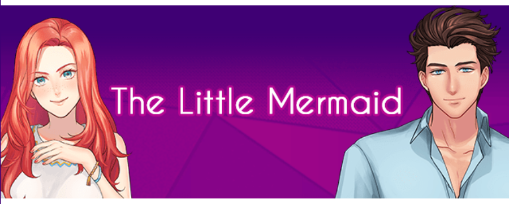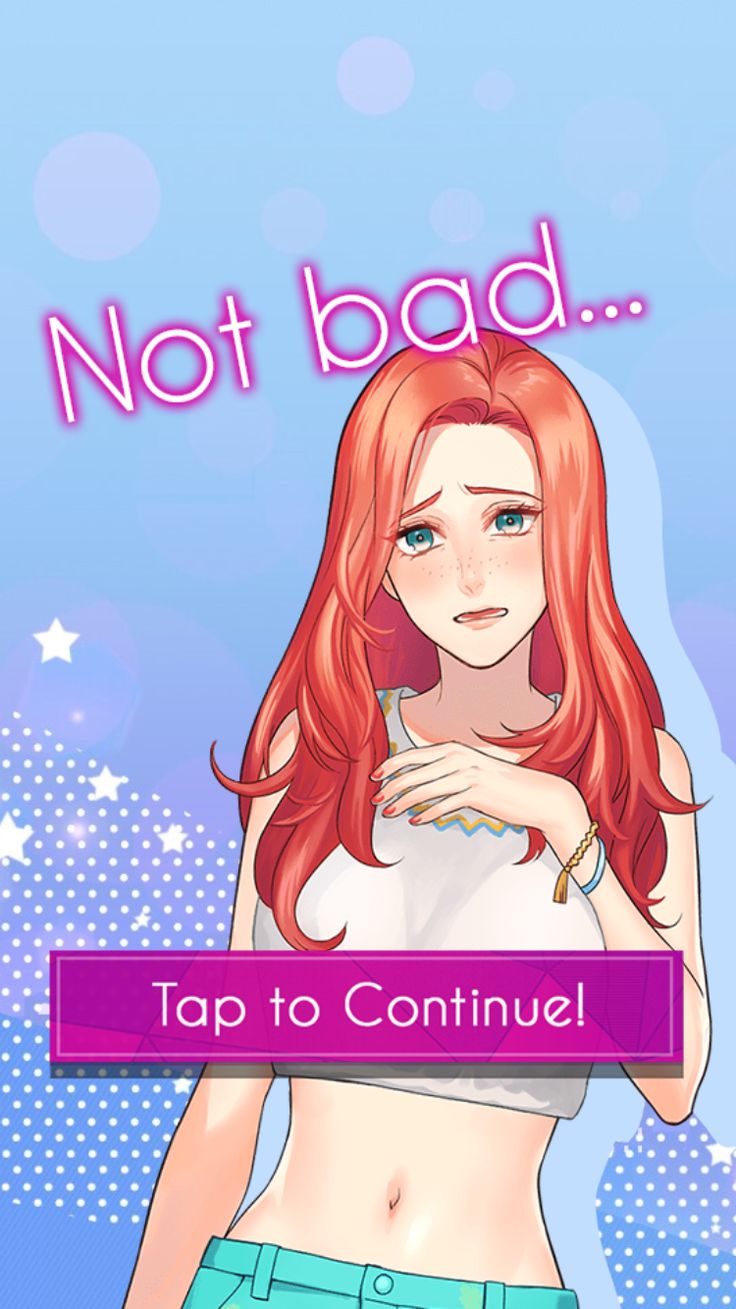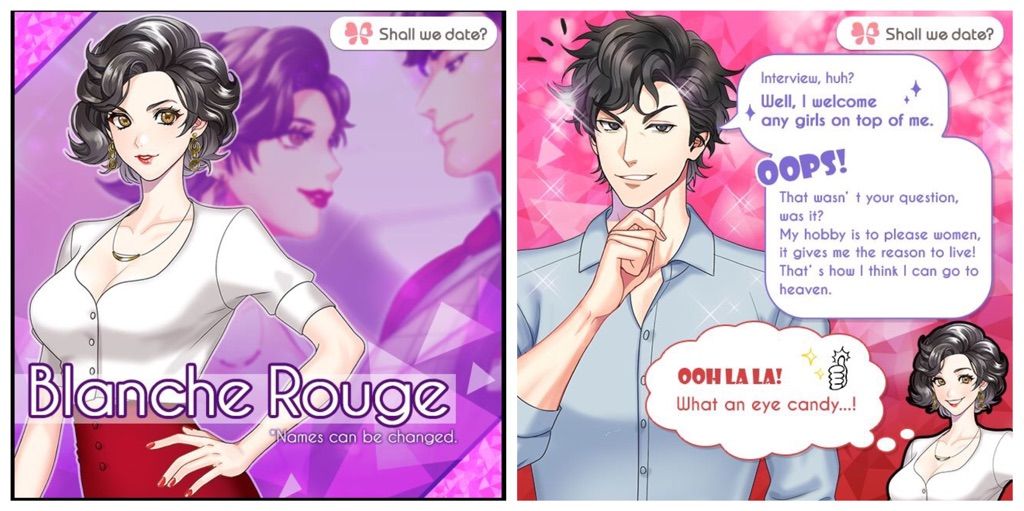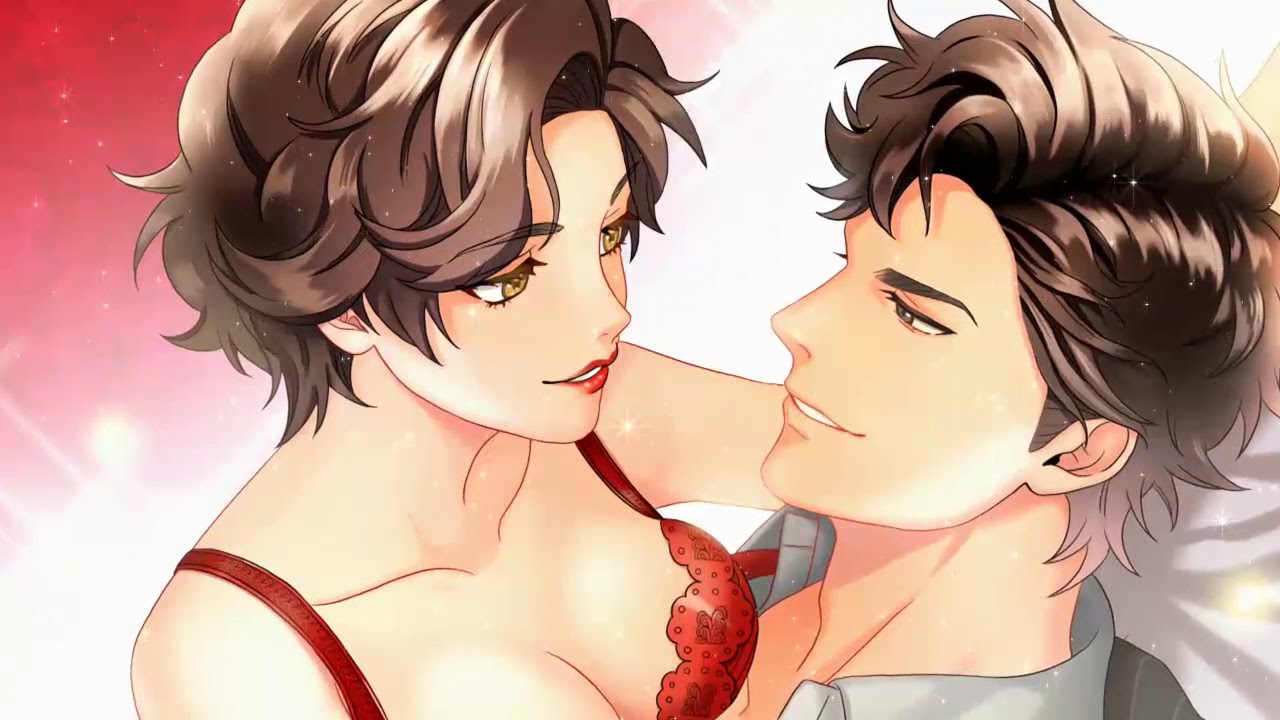The basic formula to any otome — or dating simulator — game is for the player to select one suitor from a list of possible suitors and follow their track until the end of the game, making choices based off their suitor’s personality and interests. These choices ultimately contribute to whether or not the main character will end up with their suitor in the end.
There are variations to this formula: Sometimes, the games let players choose their suitor after the prequel of a game so that they only have to deal with one suitor at a time, like in the majority of Shall We Date?‘s titles. Sometimes, games will have all the possible suitors always available for players to woo, meaning they can court multiple people at one time, like in Dream Daddy or Harvest Moon titles.
But Shall We Date?‘s developers, Solmare, released a new title this October, We the Girls+, and it put a twist on both these otome methods; now, instead of playing as one character with the possibility of dating different suitors, players play as a different main character in each story, pursuing only one suitor.

Sounds fun — and innovative. But is this new method worth the risk of deviating from the locked-in styles of dating simulator games?
Setting aside personal objections some have to this game, We the Girls+ is a fun otome game with great art and good stories, and its attempt at a new dating style works wonderfully well for this particular game. But it might not work for other stories.
A Brief Review
We the Girls+ takes its inspiration from fairy tales. After the addition of Rapunzel at the end of October, there are four different princesses to choose from: The Little Mermaid (dubbed Serina in the game), Snow White (Blanche), Jasmine, and Rapunzel. Each princess has been transported to the modern world from “Fairyland” after a hurricane blew away all the princes from the land.
Now, the princesses are trying to locate their princes and once again find their happily ever after.

Though the game has received some unfortunate reviews from players who think there’s too much “fan-service” (read: boobs) or more mention of sex than in the previous titles, this Shall We Date? title follows the same simple game mechanics as its other games, along with an added bonus of beautiful art and interesting twists on classic fairy tales.
Despite some players’ reservations, We the Girls+ is a fun game with pretty art and unique twists on stories people grew up hearing.
One Princess, One Prince
Obviously, The Little Mermaid can’t be with anyone other than her Prince, and Jasmine couldn’t love anyone other than Aladdin. And because fairy tales are so ingrained in Western culture and ideals, most people wouldn’t want to see their beloved princesses without their destined princes.
So a dating game based on one fairy tale wouldn’t work as well because no one really wants to see Snow White date all seven dwarfs.

We the Girls+ fairy tales work well with this new dating style of “one character with one prince,” though it does take away some of the intrigue that a sentence like “Snow White dating all seven dwarfs” brings to mind.
However, as the title suggests, this game is about the girls, and that’s a refreshing change of pace from previous Shall We Date? titles that always give a ridiculous amount of attention to the boys. Now, instead of players rejoicing about another boy added to the dating pool, they get to revel in another girl to choose from, and in a world that focuses a lot on boys already, it’s nice to give the girls the spotlight.
Only Two Endings
Unfortunately, with the “one princess, one prince” play style, that really only leaves two options for how the stories can end: either they get together, or they don’t. In most other Shall We Date? titles, players have a possibility to unlock three different endings. For example, in Blood in Roses+, players either end the game as a human or a vampire, or they get the really bad ending.
In We the Girls+, there’s not really a way to add a “mediocre” ending, a “maybe we’ll get a happily-ever-after someday but not today” possible track. Remember, these stories are based off fairy tales. The princess either gets the prince or she doesn’t.
With the possibility of only unlocking two endings for each princess, there isn’t much replay value. Even with the few possible ways players can alter their stories (buying special avatar items), there’s only so many times someone can reread a story and still keep it fresh.
Granted, the game has only been out for a few months, and they have a plethora of princesses to add to the game, but as of right now, players are going to tear through the main stories, suffer through the laughable endings, rejoice through the fantabulous, and then … what? Wait for the next released princess?
What About the Girls?
And what about the girls in both We the Girls+ and other titles? In other otome games, players spend a lot of time helping one girl fall in love with a bunch of different guys. In some games, the girl is meek and passive and sits back and lets a guy reprimand her (Destiny Ninja). In others, the girl is strong and independent and puts every one of her suitors in his place (Blood in Roses+). Regardless, players bond with this character. Each time they start over, they are still the same girl, ready to fall in love again.
We the Girls+ loses some of that bonding. Say players start out as the Little Mermaid, and during that story, the Little Mermaid takes on the character’s name (so instead of “Sirena,” players get to play under their inputted name). But as soon as she finds her end and players move on, players become someone else. They’ll even see their previous princess in this new story, except her name will return to what it was supposed to be.
Not only is this kinda confusing for players who just spent the better part of a month identifying with one princess only to have to view them like a stranger now, but moving on so quickly takes away some of the familial bonds players create with their avatars.
Maybe it’s too much to say it causes an identity crisis, because it’s just a game, and it’s not like it isn’t exciting to switch princesses, but sometimes it’s nice to know that even when a player finishes a story and has to move on, at least they’ll still retain who they are in the new story.
Is It Better?
It’s tough to say whether We the Girls+’s new dating style is innovative or constricting. On the one hand, it hinders the amount of replay value and takes away some of the familiarity players attach to their avatars, but on the other hand, it brings a different focus to dating games, a way for players to notice more about the girls they’re playing as rather than the guys they get to date. And though this style works well for fairy tale stories, it wouldn’t work as well for others.
Despite it all, We the Girls+ took an interesting spin on both classic fairty tales and ingrained dating simulator methods and made a fun game. And as long as someone is having fun playing a game that took a risk, maybe the developers know what they’re doing.
Even if there is a lot more boob than players are used to.










Published: Dec 17, 2017 04:39 pm